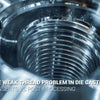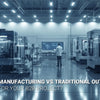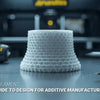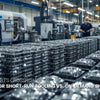Unlocking Precision and Performance: Everything You Need to Know About Aluminum Die Casting?
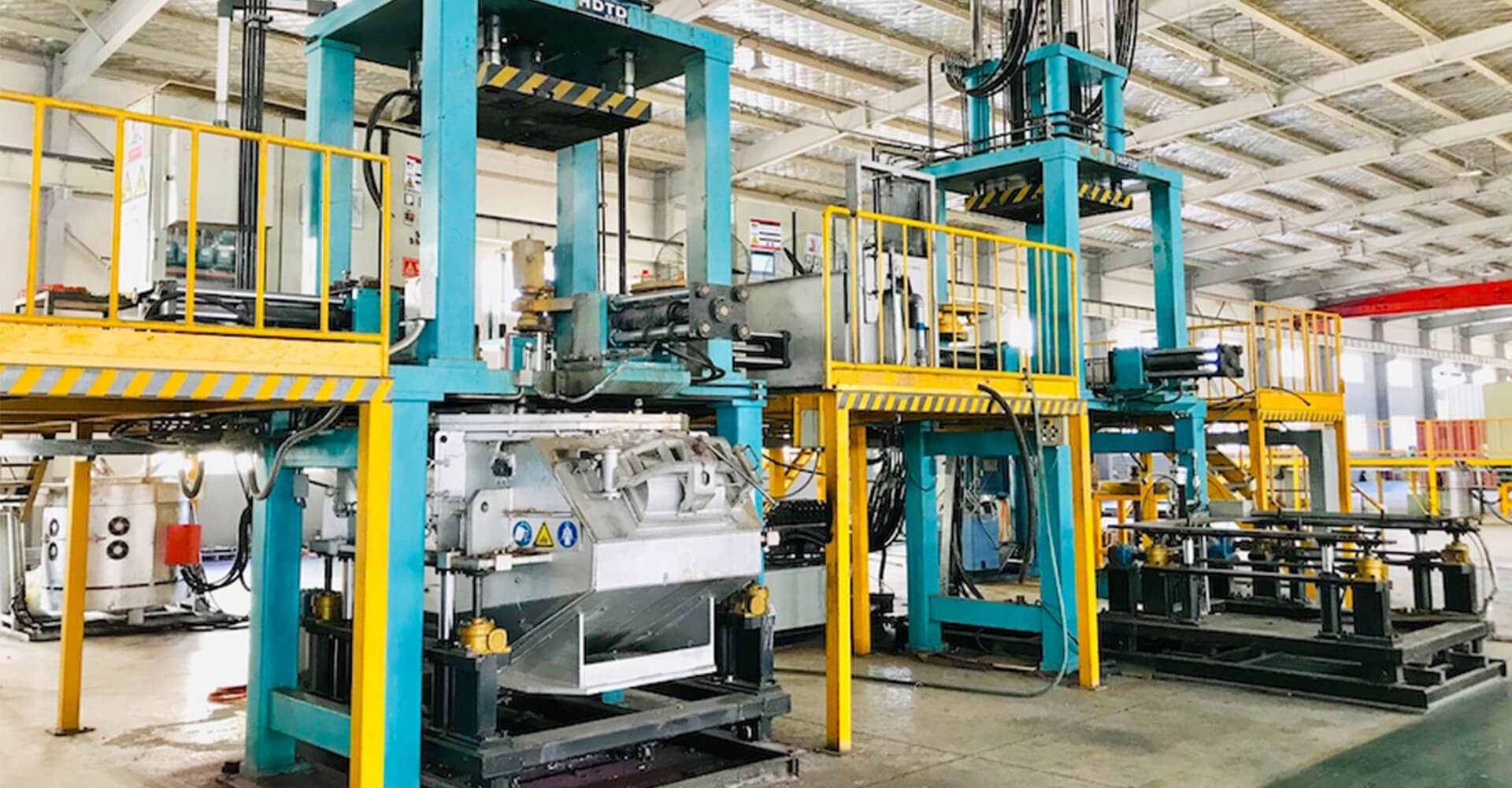
Unlocking Precision and Performance: Everything You Need to Know About Aluminum Die Casting?

Manufacturing technologies continue to evolve, pushing the boundaries of what's possible in production. Aluminum die casting stands at the forefront of this technological revolution, offering unprecedented precision and efficiency across multiple industries.
Die casting represents a sophisticated manufacturing process that transforms how complex components are created, providing manufacturers with a powerful tool to meet increasingly demanding design requirements.
As global markets become more competitive, understanding aluminum die casting could be the key to unlocking new levels of manufacturing excellence.
Table of Contents
- Introduction to Aluminum Die Casting
- Advantages of Aluminum Die Casting
- Aluminum Die Casting Process
- Market Analysis and Trends
- Applications of Aluminum Die Casting
- Challenges in Aluminum Die Casting
- Future of Aluminum Die Casting
1. Introduction to Aluminum Die Casting: What Makes This Technology Revolutionary?

Aluminum die casting emerges as a groundbreaking manufacturing technique that has transformed industrial production methods. This innovative process allows manufacturers to create intricate metal components with remarkable accuracy and consistency.
Die casting involves forcing molten aluminum into sophisticated molds under high pressure, enabling the production of complex shapes that traditional manufacturing methods cannot achieve. The technique represents a perfect blend of engineering precision and material science.
Die casting has become an essential manufacturing method across various industries, offering unparalleled capabilities in creating high-quality, intricate metal components with exceptional dimensional stability.
Manufacturers appreciate this technology for its ability to produce lightweight, strong, and precisely engineered parts that meet the most demanding technical specifications. From tiny electronic connectors to large automotive components, die casting has revolutionized how we think about metal component manufacturing.
2. Advantages of Aluminum Die Casting: Why Choose This Manufacturing Method?

Die casting offers manufacturers a comprehensive solution that addresses multiple production challenges simultaneously. The benefits of this manufacturing technique extend far beyond simple component creation.
Aluminum die casting provides manufacturers with a cost-effective and highly efficient production method. The process allows for rapid manufacturing of complex parts with minimal secondary processing requirements.
Key advantages include exceptional surface finish options, including anodizing and powder coating, which enhance both aesthetic and functional properties of manufactured components.
The technology enables the creation of lightweight yet incredibly strong parts, with tight tolerances and complex geometries that would be impossible or prohibitively expensive to produce through traditional manufacturing methods. From aerospace to automotive industries, die casting continues to push the boundaries of what's possible in metal component manufacturing.
3. Aluminum Die Casting Process: How Does This Manufacturing Technique Work?

The aluminum die casting process represents a sophisticated engineering marvel that combines precision, technology, and material science. Understanding each step provides insight into why this method has become so crucial in modern manufacturing.
Die casting follows a meticulously controlled sequence of steps, each designed to ensure maximum precision and quality. The process begins with careful preparation and extends through multiple critical stages of component creation.
A typical die casting workflow includes:
- Mold preparation
- Aluminum melting
- High-pressure injection
- Cooling and solidification
- Part ejection
- Post-processing treatments
Manufacturers must maintain strict control over temperature, pressure, and cooling rates to produce components with exceptional dimensional accuracy and structural integrity.
4. Market Analysis and Industry Trends: What Does the Future Hold?
The aluminum die casting market demonstrates remarkable growth potential, reflecting the increasing importance of this manufacturing technique across global industries. Economic projections indicate a promising trajectory for die casting technologies.
Current market statistics reveal impressive growth patterns:
- 2023 Market Size: USD 80.96 billion
- 2034 Projected Size: USD 139.61 billion
- Compound Annual Growth Rate: 5.6%
These figures underscore the growing significance of die casting in meeting evolving manufacturing demands across multiple sectors.
Technological advancements, increasing demand for lightweight components, and the push for more efficient manufacturing processes continue to drive the expansion of the aluminum die casting market.
5. Applications of Aluminum Die Casting: Where is This Technology Used?

Aluminum die casting has become a cornerstone technology across numerous industries, demonstrating its versatility and critical importance in modern manufacturing.
The technology finds extensive applications in diverse sectors, each leveraging its unique capabilities to solve complex engineering challenges.
Automotive Sector
Die casting plays a crucial role in automotive manufacturing, producing components that are both lightweight and structurally robust.
Electronics Manufacturing
Precision and miniaturization make die casting ideal for creating complex electronic device components with exceptional tolerances.
6. Challenges in Aluminum Die Casting: What Obstacles Must Manufacturers Overcome?

Despite its numerous advantages, aluminum die casting presents several technical challenges that manufacturers must carefully address. Understanding these obstacles is crucial for maintaining high-quality production standards.
Die casting involves complex metallurgical and engineering considerations that can impact final component quality. Manufacturers must develop sophisticated strategies to mitigate potential manufacturing issues.
Common challenges include:
- Porosity management
- Thermal gradient control
- Surface finish optimization
- Material flow dynamics
Continuous technological improvements and advanced quality control methods help manufacturers overcome these inherent complexities.
7. Future of Aluminum Die Casting: What Innovations Are on the Horizon?

The future of aluminum die casting looks incredibly promising, with emerging technologies set to revolutionize manufacturing processes. Innovations continue to expand the capabilities and applications of this critical production method.
Anticipated developments include:
- Advanced computational modeling
- AI-driven process optimization
- Sustainable manufacturing practices
- Enhanced material composites
These innovations promise to make die casting even more efficient, precise, and environmentally friendly.
Conclusion
Aluminum die casting represents a pinnacle of manufacturing innovation, bridging material science, engineering precision, and technological advancement. As industries continue to demand more complex, lightweight, and efficient components, die casting will undoubtedly play a crucial role in shaping the future of manufacturing.


